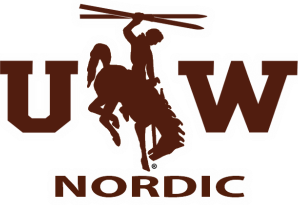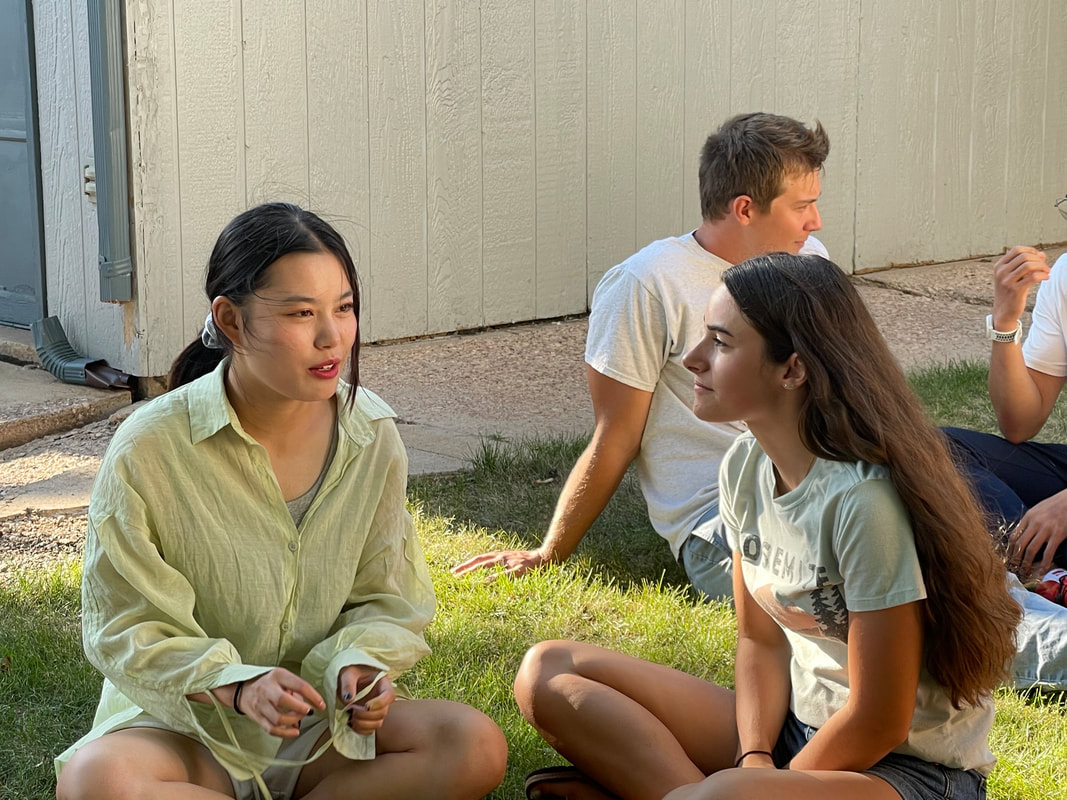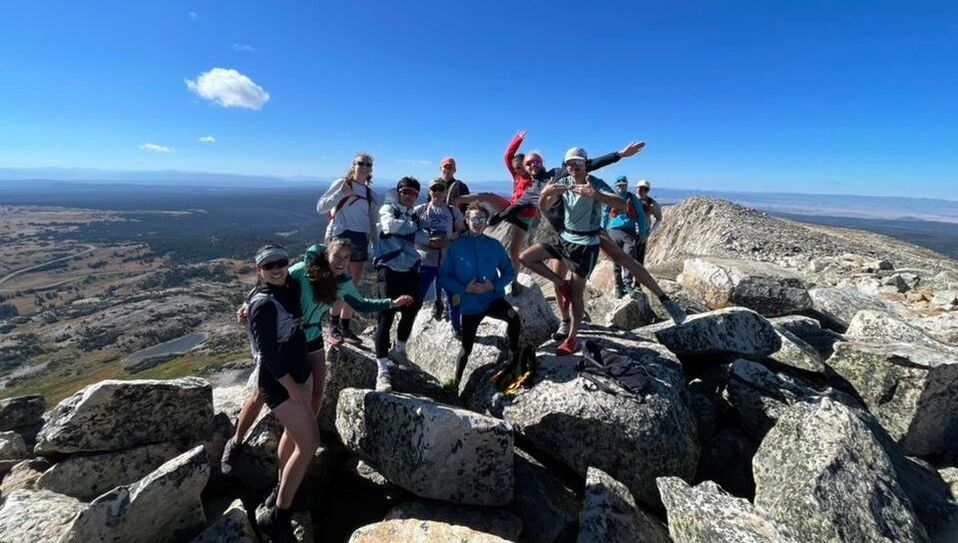|
10/12/2022 0 Comments Learning is multimodalBy Rachel Watson Learning is multimodal. Through years of educational development, I have worked to train hundreds of college educators in this fact. We try to turn the classroom into a space where learners use more parts of their brain by discussing, drawing, building, re-teaching, and forming team relationships. But the best active learning classroom pales in comparison to the bodymind learning that I have seen in our Shanghai University of Sport (SUS) athletes as they labor to learn all of the skills necessary to be a skier, to race at an elite level, and to coach and technically support other learners in the science and art of Nordic skiing. In the best active learning classrooms, we integrate full body movement. Knowing that exercise stimulates learning, we do our best to get students up and out of their chairs. Nonetheless, they always learn through their mind first and then involve their bodies as an afterthought. But I have watched in awe as the SUS athletes learn through their bodies first and then transfer the embodied knowledge to cognition. Mimicking the fluid flow of UW’s John-Henry’s V2 (“double dance”) stroke, his SUS partner Yunda/John dissects the movement and adopts it in his own body. He then practices iteratively until each motion is dissected biomechanically and committed to the cognitive domain. Embodied learning is something we like to talk about but seeing the learning flow from each body part to every cognitive domain in front of my own eyes has transformed me as an educator. After watching her UW partner Sammy, SUS athlete Xingyu/Luna stands next to the track and dissects each angle of the movement. She musters all of her courage to form the correct English words to ask Christi, Andrew and I about the exact angles and timing of the stroke. I see her translating from her body to her mind, connecting what she has felt to the biomechanics that she knows. And then, she forms a strong but malleable knowledge scaffold. She aims to affirm that her thinking is also rooted in traditional Nordic ski knowledge so she labors to learn English at an ever faster pace so that she can adequately inquire and braid together what she feels in her body, with what she knows about the science of the sport with our knowledge of Nordic. On one particularly windy Wyoming day, I rode alone with SUS’s team leader Xi/Caroline. We aimed to work one-on-one to improve her rollerski skate technique. She tells me about her research PI in Shanghai and how she has recently taken on three new graduate students whom Caroline will mentor. She then tells me about her High School coach who coached with a very different philosophy than she has seen Christi and I espouse. She relates that she hopes to adopt our philosophy when she becomes a coach. It is good that the Wyoming wind is blowing so hard because than Caroline cannot see my tears. She can never fully realize what that means to me to know that her learning experience has been one that not only roots in the body but also in the heart and soul. We know that that cognition is intimately tied to affect. If the heart is open, the mind is able to become educated. Our SUS athletes live this fact every day and in what is the epitome of active learning, they grow from having never seen snow, having never felt a ski boot on their foot and having never glided across the heavenly surface of a freshly groomed track to being expert practitioners and coaches of the sport. Our rollerski on that windy Wyoming day was followed by a 5-mile trail run. We all met back together at the beginning of the loop and Christi, leading a majority of the SUS athletes is last to return safely to the parking lot. As she does, her phone pings with a message. SUS/UW alumnus, Andy (Dong Yang), has texted videos of more than a dozen tiny junior high students learning how to rollerski in plazas of Shanghai. They are now learning through their bodies, becoming educated in every dimension of the science and art of Nordic ski racing and, perhaps, already considering modeling their coaching and teaching philosophies after their role model Dong Yang.
Suggested Reading: National Academies of Science. (2018) How People Learn II. Available: https://nap.nationalacademies.org/catalog/24783/how-people-learn-ii-learners-contexts-and-cultures Damasio, A. (1999). The feeling of what happens: Body and emotion in the making of consciousness. Orlando, FL: Harcourt.
0 Comments
Your comment will be posted after it is approved.
Leave a Reply. |
AuthorWrite something about yourself. No need to be fancy, just an overview. ArchivesCategories |
- Home
- Gear Swap
- Calendar
- Season Results
- Blog
- Team Officers
- International Nordic Ski Training Program
- UW Nordic News
- Sponsors
- Donations
- Join the Team
- Nationals Results
- Meet the Team
- Meet the Coaches
- Environment & Natural Resources Class
- Medal Test Results & Records
- Links
- Training Info
- International Racing
- Home
- Gear Swap
- Calendar
- Season Results
- Blog
- Team Officers
- International Nordic Ski Training Program
- UW Nordic News
- Sponsors
- Donations
- Join the Team
- Nationals Results
- Meet the Team
- Meet the Coaches
- Environment & Natural Resources Class
- Medal Test Results & Records
- Links
- Training Info
- International Racing
Search by typing & pressing enter



 RSS Feed
RSS Feed